The Salt Men: Preserving a Historic Treasure within Iran’s Salt Mines
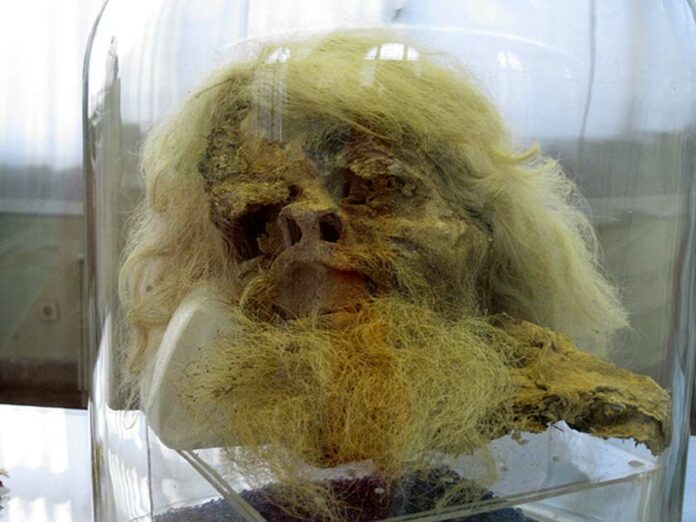
Deep within the arid landscapes of northwestern Iran, near the village of Hamzelou, lies the Chehrabad salt mine. While renowned for its rich deposits of rock salt, gypsum, and clay dating back to the Miocene era, it has gained international attention since 1993 for a different reason: the discovery of mummified remains intertwined with salt crystals. These ancient “Salt Men” have captivated scientists and historians alike, leading to the protection of the site under Iran’s Heritage Law since 2009.
The Discovery of the Salt Men
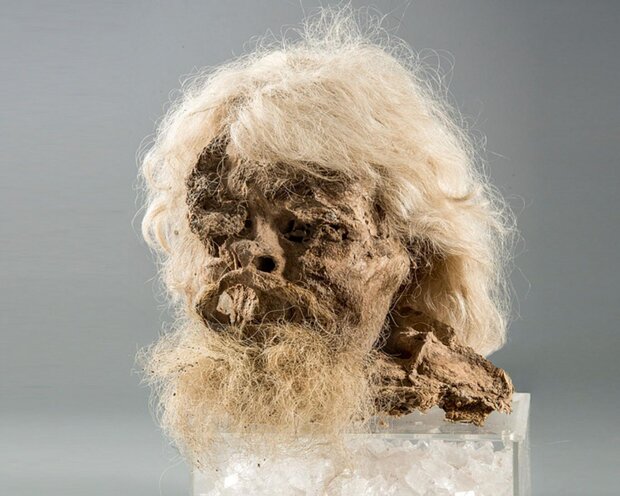
Located 75 kilometers northwest of the city of Zanjan, Chehrabad salt mine sits atop a large salt dome, elevated at 1,350 meters above sea level. The mine’s significance to local communities dates back to ancient times, with evidence of salt extraction spanning four distinct periods: the Achaemenid (6th–4th century BCE), the Sassanid (3rd–7th century CE), and the middle and late Islamic periods (11th/12th century CE and 18th–20th century CE).
The story of the Salt Men began in 1993 when miners at the Douzlakh salt mine stumbled upon a well-preserved mummified head, dating back to around 300 CE. Remarkably intact, the head even retained its golden earring, and the hair and mustache were still recognizable. This prompted Tehran authorities to halt all mining activities and dispatch a team of scientists to investigate. Subsequent excavations revealed more remains, including an intact leather-booted foot and various artifacts such as iron knives, woolen garments, a silver needle, pieces of rope, a whetstone, walnuts, pottery shards, and fragments of broken bones.
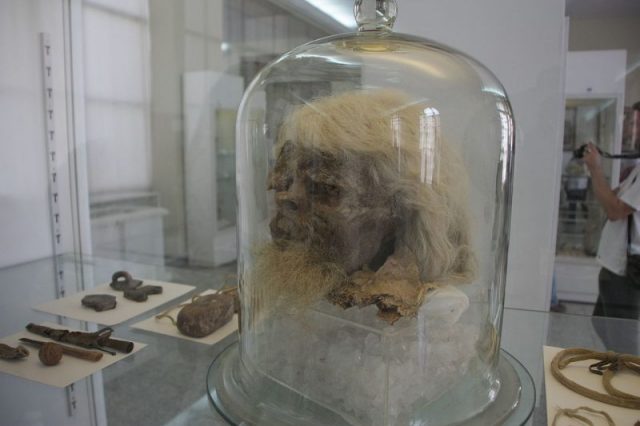
In 2004, archaeologists unearthed yet another body, and over the next six years, a total of four more “Salt Men” were discovered, along with numerous wooden tools, metal utensils, clothing, and pottery. These mummified remains date back approximately 2,200 years to the era of the first Persian Empire, the Achaemenids. It is believed these individuals were miners who met their demise in a tragic mining accident.
The Salt Men’s Secrets
Supported by the German Research Foundation (DFG), systematic excavations from 2010 to 2017 by a multidisciplinary team led by the Iranian Center for the Research of Cultural Heritage and Preservation provided valuable insights into ancient mining technologies and logistics. The research confirmed at least three mining accidents in the area. To date, archaeologists have uncovered the remains of at least eight individuals, each with a unique story.
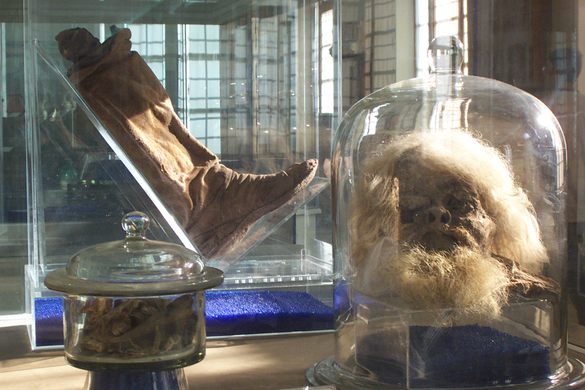
For instance, the first Salt Man discovered had blood type B+, and a 3D scan of his skull revealed fractures around the eyes and other injuries that occurred before death. It is speculated he might have been struck by someone and died from a severe blow to the head. His clothing, including impressive leather boots, and his gold earring suggest he was a wealthy and high-status individual. However, his presence in the mine remains a mystery.
In contrast, the fourth Salt Man was a 16-year-old boy, found crushed in a small cavern of the salt mine, his body remarkably well-preserved. The fifth Salt Man suffered from parasitic worms, indicating consumption of undercooked meat or raw foods. Notably, this is the first recorded case of such a parasite in ancient Iran.
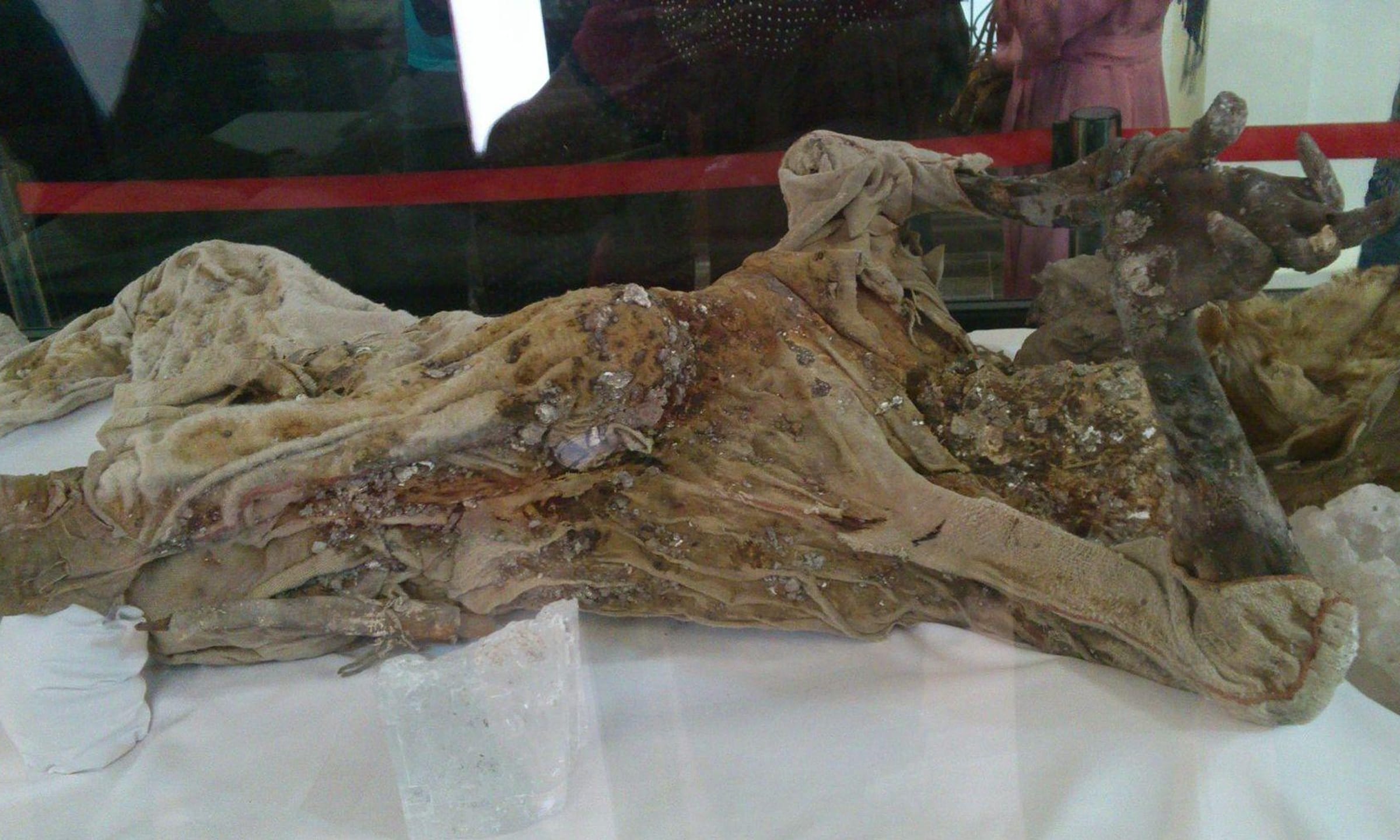
Today, five of the six Salt Men are on display at the Archaeological Museum in Zanjan and the National Museum of Iran in Tehran. The sixth Salt Man remains in the mine, too fragile to move. Archaeologists believe these individuals did not die simultaneously, with the oldest body discovered dating back to 9550 BCE. They suspect more mummified remains might be hidden within the mine, as several disjointed body parts from unidentified individuals have already been found.
The Global Fascination with the Salt Men
The discovery of the Salt Men at Chehrabad has garnered worldwide scientific interest, proving that salt can preserve bodies as effectively as the desert. The weight of the salt collapsed onto the unfortunate miners, while the salt crystals absorbed moisture from their bodies, naturally mummifying them. Since 2021, the Iranian Center for the Research of Cultural Heritage and Preservation has undertaken a project to restore and catalog the artifacts found at the Chehrabad salt mine. Narges Afzalipur, the project leader, emphasized the importance of transforming research artifacts into museum exhibits. The project includes wet and dry chemical testing, digital microscopy, mechanical cleaning, and more.
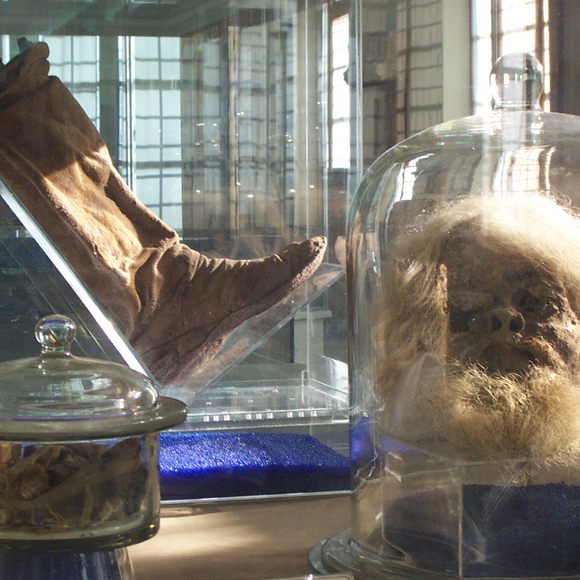
Meanwhile, a team of scientists from the University of Zurich has published a detailed analysis of the Salt Men. Dr. Lena Ohrstrom, a member of the Mummy and Paleopathology Research Group at the University of Zurich, stated, “The Salt Men are rare examples of individuals from ancient Persia, and to date, they are the only known salt-preserved mummies in the world.”
Using X-ray imaging and CT scanning, scientists have reconstructed the faces of the Salt Men. Histological analyses have allowed researchers to estimate their age by examining bone age, dental condition, and standard sex estimation characteristics.
Conclusion
The Salt Men of Chehrabad offer a unique glimpse into the lives of ancient miners and the harsh realities they faced. Their remarkably preserved bodies, along with the artifacts discovered, provide invaluable insights into the technologies, cultures, and practices of ancient Persia. As research continues, these ancient mummies may yet reveal more secrets, shedding light on a fascinating chapter of human history.
Video
News
The Hanging Temple: China’s 1,500-Year-Old Cliffside Marvel of Faith and Engineering
The Hanging Temple: China’s 1,500-Year-Old Cliffside Marvel of Faith and Engineering Perched precariously on the cliffs of Mount Heng in Shanxi Province, China, the Hanging Temple, also known as Xuankong Temple, Hengshan Hanging Temple, or Hanging Monastery, is an architectural…
The Willendorf Venus: A 30,000-Year-Old Masterpiece Reveals Astonishing Secrets
The Willendorf Venus: A 30,000-Year-Old Masterpiece Reveals Astonishing Secrets The “Willendorf Venus” stands as one of the most revered archaeological treasures from the Upper Paleolithic era. Discovered in 1908 by scientist Johann Veran near Willendorf, Austria, this small yet profound…
Unveiling the Maya: Hallucinogens and Rituals Beneath the Yucatán Ball Courts
Unveiling the Maya: Hallucinogens and Rituals Beneath the Yucatán Ball Courts New archaeological research has uncovered intriguing insights into the ritual practices of the ancient Maya civilization. The focus of this study is a ceremonial offering found beneath the sediment…
Uncovering the Oldest Agricultural Machine: The Threshing Sledge’s Neolithic Origins
Uncovering the Oldest Agricultural Machine: The Threshing Sledge’s Neolithic Origins The history of agricultural innovation is a fascinating journey that spans thousands of years, and one of the earliest known agricultural machines is the threshing sledge. Recently, a groundbreaking study…
Nara’s Ancient Sword: A 1,600-Year-Old Protector Against Evil Spirits
Nara’s Ancient Sword: A 1,600-Year-Old Protector Against Evil Spirits In a remarkable discovery that has captured the attention of archaeologists and historians alike, a 7.5-foot-long iron sword was unearthed from a 1,600-year-old burial mound in Nara, Japan. This oversized weapon,…
The Inflatable Plane, Dropped Behind the Lines for Downed Pilots
Experimental The Inflatable Plane, Dropped Behind the Lines for Downed Pilots The Inflatoplane from Goodyear was an unconventional aircraft developed by the Goodyear Aircraft Company, a branch of the renowned Goodyear Tire and Rubber Company, also famed for the Goodyear…
End of content
No more pages to load











